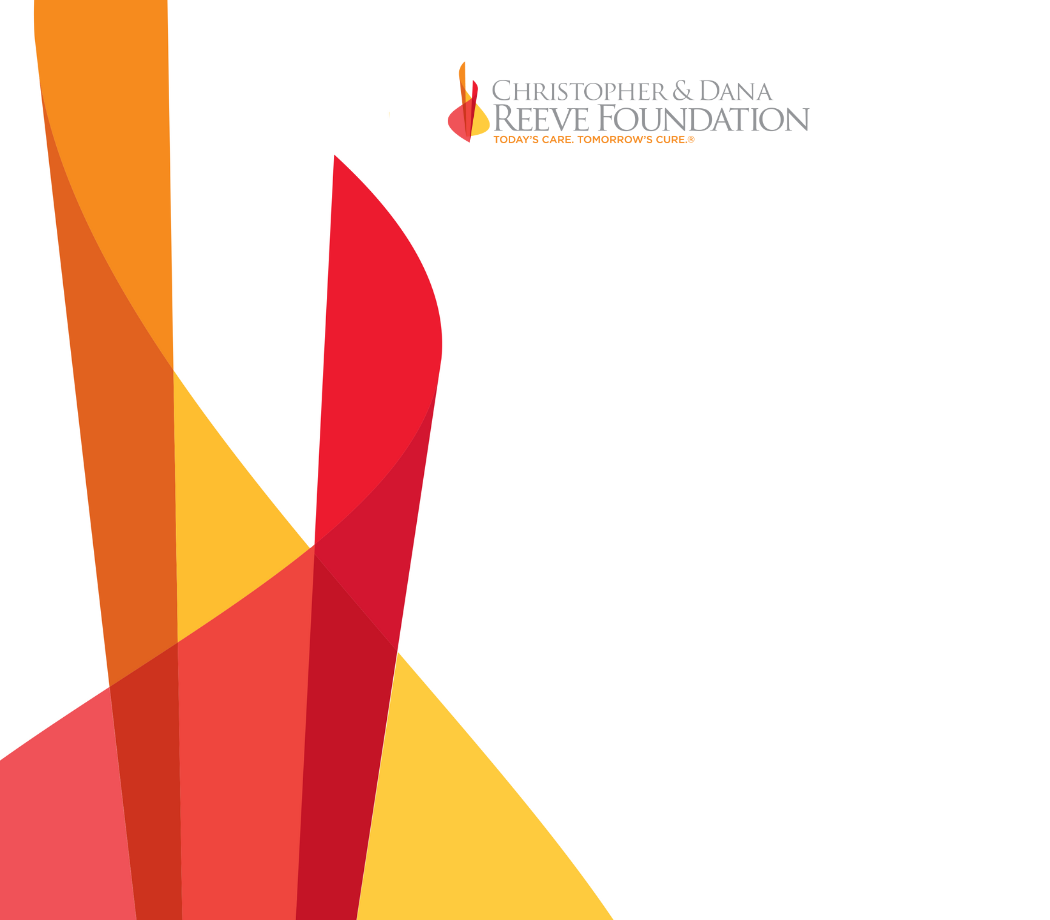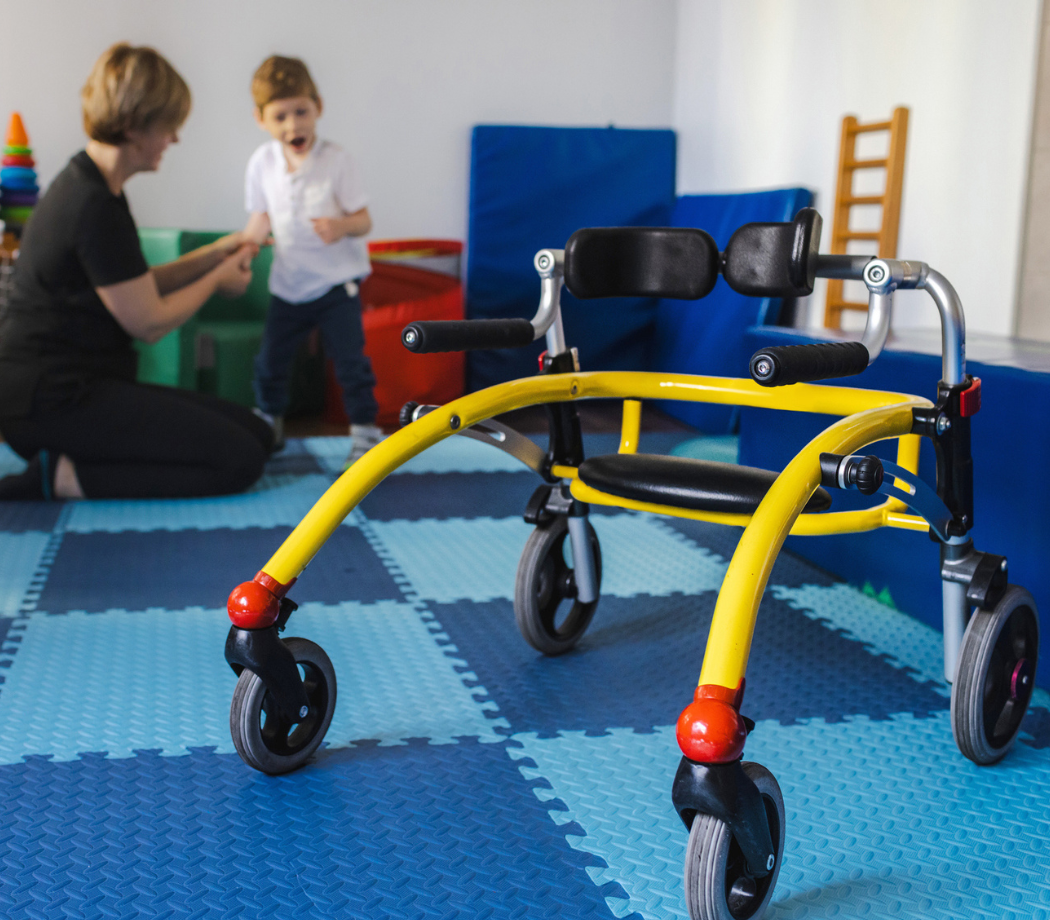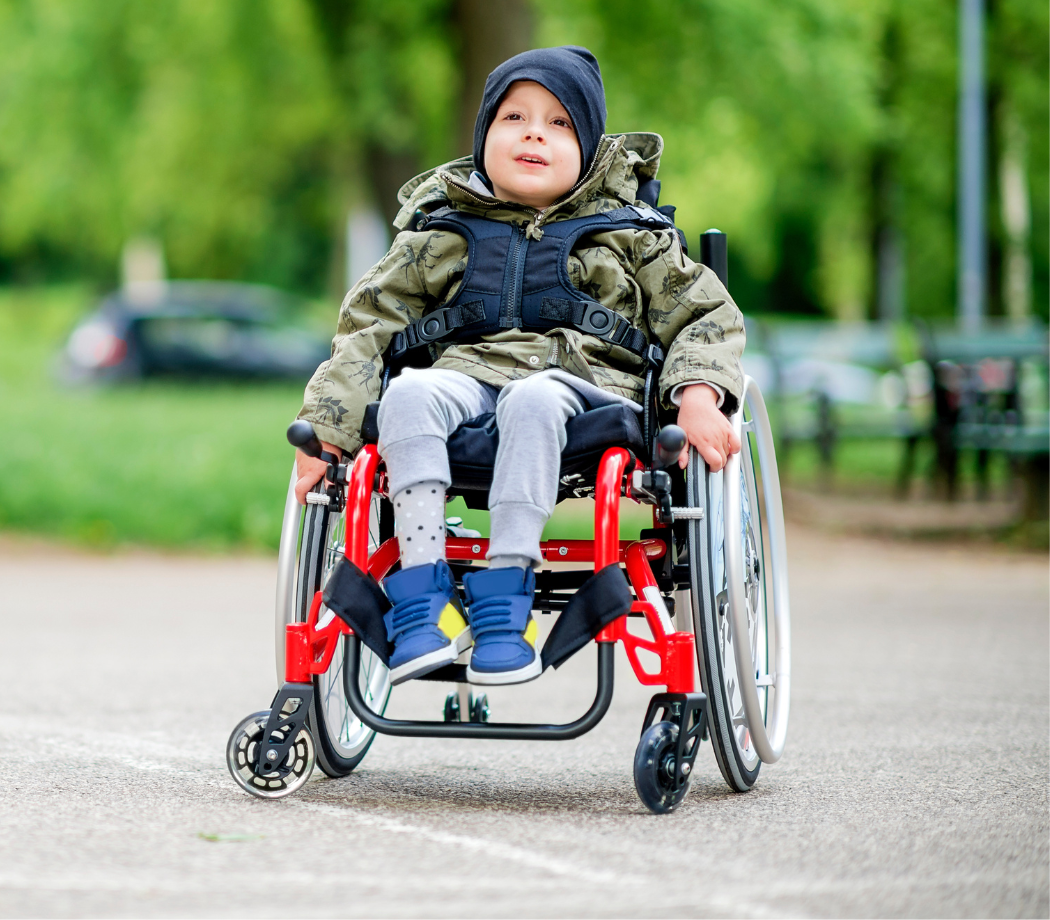Using Research for Clinical Decision-Making
Making decisions based on evidence can be a challenge in the day-to-day life of a clinical provider. How to evaluate the progress of patients is typically provided by your employer by use of predetermined measurement instruments. However, you may wonder how an assessment instrument was devised and tested or how a clinical guideline was developed. Perhaps you have an idea about developing a research project, assessment instrument, or clinical guideline.
Research
Research is generally organized by logical thought, moving the reader through your thinking process. Research provides the basis for clinical work. Each section of a research report or publication should be critically read for pertinence to the topic, bias, and credibility. Types of research may have slightly different report structure, but they basically follow the same format:
- Background and Significance of the problem–why this issue is important to study.
- Literature Review–a synthesis of previous studies, not a summary of each one.
- Theory–some studies will include a theoretical model for shaping the research.
- Methods–how the research project will be conducted.
- Results–the data found in specific detail.
- Discussion–how what was found and not found fits in with the known literature.
Conclusion–a brief summary of critical findings both positive and negative.
Research is performed using the researcher’s world view. When you read a research article, you should evaluate it for congruence in your world view. For example, a finding might be indicated by a researcher that is not what you are seeing in your clinical practice. You, as the consumer of research, have the option of agreeing with the outcome or not. There may be differences in the population of study, resources, or techniques of the research that differ with your clinical practice. It is your decision how to alter clinical practice based on the study findings.
Reliability and validity are important factors in any study. Reliability of a research study is the degree of consistency of the study or consistency in measurement. Research has many areas of reliability needed. Included in reliability is the overall study as well as steps in the process. In quantitative research, reliability includes the statistical analysis. In qualitative research, reliability is the stability in responses. Validity is the degree that a study actually measures the variables stated. In qualitative research, validity is the truthfulness in the findings.
All research is required to be reviewed by a Human Studies Committee or Internal Review Board. This group is independent of the study and includes a member of the community. They review the study for autonomy or respect for the person, beneficence or maximizing benefits and reducing harm, and justice, equal treatment for all individuals. The Human Studies Committee may approve your proposal, reject it, ask for clarifications, or exempt the study from review.
There are several types of research. Quantitative research includes the statistical analysis of findings. Qualitative research delves into people’s experiences. Mixed methods use both quantitative and qualitative techniques in one project. You may choose to review a case or a series of cases as a case study. An extensive literature review may be your research project. Literature reviews require conclusions to be drawn. There is also applied, laboratory, field, and other types of research in healthcare. Meta-analysis utilizes raw data from a variety of studies of the same phenomena. This creates a large data set that can produce robust outcomes.
Evaluation of research should be performed in a rigorous manner. There are published systems that should be used to formally evaluate research, sometimes called evidence. These systems create a standard for evaluation and rating. They are especially helpful when a group is evaluating a large body of research to create a new project, clinical guideline, or to establish the state of the art in a topic.
Quality improvement (QI) projects typically are focused on a process or concern in patient care. These are data driven projects for improving patient care or starting new treatment programs. There are tools that can be used to organize, define, and break down steps in processes to find areas of concern and structure improvements around them. QI projects deal with aggregated, anonymous data.
Other forms of clinical projects include Evidence-Based Projects (EBP) which is a method used to incorporate research findings into practice or utilization of the best evidence in the clinical setting. In this process, a review, analysis, and translation of research is performed to bring findings into practice. Several models for completing this type of process are available. Institutional clinical guidelines or standards of practice used in organizations are typically developed using EBP.
Clinical Guidelines are developed by groups of individuals who specialize in a topic. Organizations typically sponsor these massive endeavors. The process begins with a review of the literature. There may be hundreds of articles to review. There are many processes available to evaluate research literature available. Examples are from the Cochrane Collaborative, Johns Hopkins among many others.
Typically, the process of development of a clinical guideline includes review of articles that are divided among the group. Articles are rated by several members of the group using a well-defined scale for scientific merit from high level randomized clinical trials to opinion. Based on multiple raters’ scores, strength of the evidence is made. Then level of agreement is assessed. This provides the strength of recommendations.
Assessment Instruments
A part of research is the development of measurement instruments. The process of developing these instruments is extremely rigorous. Most organizations have standard instruments provided to you for consistency of measurements of individuals across time but also, they are used to monitor the success of their program.
Use of measurement instruments typically requires education for proper assessments. Basic rehabiliation measurement scales are taught in schools. However, once you are in the working world, many more instruments will become available to you. Education for these instruments may be provided through in-service education by an educated, experienced user. There are also options for education through instruction manuals, video education, and continuing education classes that can be attended in person or online. In some cases, a video of you administering the instrument can be submitted for critique by an expert.
When using a measurement instrument, it is important to know the reliability and validity of the instrument. These statistics have been developed over time, as the result of many research projects. A reliability score will indicate an instrument’s ability to produce a true score. Validity is the ability to measure what it should be measuring.
Other factors to know about measurement instruments include knowing if the measurement instrument has been assessed in your population. If not, the instrument will have to be evaluated in the specified population to obtain reliability and validity scores. Some measurement instruments require a fee for use. Even though a particular instrument’s assessment form is online, copyrighted instruments require permission from the developer. Some companies require submission of blinded data to increase the database of information for that particular measurement instrument. Others may require analysis to be performed by their company. Typically, measurement instruments have their own webpage for detailed information about use and fees.
Understanding research is a start to providing and understanding healthcare. Reading research articles can be overwhelming at first but the more you read, the more you understand. Nuances of research becomes familiar over time. Knowing more about how research works and impacts your work life will help propel your clinical practice.
Written by Linda M. Schulz, PhD, CRRN
References and Further Reading
Abu-Omar K, Ziemainz H, Loss J, Laxy M, Holle R, Thiel A, Herbert-Maul A, Linder S, Till M, Sauter A. The Long-Term Public Health Impact of a Community-Based Participatory Research Project for Health Promotion Among Socially Disadvantaged Women–A Case Study Protocol. Front Public Health. 2021 Apr 12;9:628630. doi: 10.3389/fpubh.2021.628630. PMID: 33912528; PMCID: PMC8075296.
Bando K, Sato T. Did You Write a Protocol Before Starting Your Project? Gen Thorac Cardiovasc Surg. 2015 Feb;63(2):71-7. doi: 10.1007/s11748-014-0478-7. Epub 2014 Sep 27. PMID: 25257967.
Behrman AL, Trimble SA, Argetsinger LC, Roberts MT, Mulcahey MJ, Clayton L, Gregg ME, Lorenz D, Ardolino EM. Interrater Reliability of the Pediatric Neuromuscular Recovery Scale for Spinal Cord Injury. Top Spinal Cord Inj Rehabil. 2019 Spring;25(2):121-131. doi: 10.1310/sci2502-121. PMID: 31068744; PMCID: PMC6496963.
Catz A, Greenberg E, Itzkovich M, Bluvshtein V, Ronen J, Gelernter I. A New Instrument for Outcome Assessment in Rehabilitation Medicine: Spinal Cord Injury Ability Realization Measurement Index. Arch Phys Med Rehabil. 2004 Mar;85(3):399-404. doi: 10.1016/s0003-9993(03)00475-1. PMID: 15031824.
Dent K, Grampurohit N, Thielen CC, Sadowsky C, Davidson L, Taylor HB, Bultman J, Gaughan J, Marino RJ, Mulcahey MJ. Evaluation of the Capabilities of Upper Extremity Test (CUE-T) in Children with Tetraplegia. Top Spinal Cord Inj Rehabil. 2018 Summer;24(3):239-251. doi: 10.1310/sci2403-239. PMID: 29997427; PMCID: PMC6037325.
Gopalakrishnan S, Ganeshkumar P. Systematic Reviews and Meta-analysis: Understanding the Best Evidence in Primary Healthcare. J Family Med Prim Care. 2013;2(1):9-14. doi:10.4103/2249-4863.109934
Hanks MM, Leonardis JM, Schnorenberg AJ, Krzak JJ, Graf A, Vogel LC, Harris GF, Slavens BA. The Influence of Sex on Upper Extremity Joint Dynamics in Pediatric Manual Wheelchair Users With Spinal Cord Injury. Top Spinal Cord Inj Rehabil. 2021 Fall;27(3):26-37. doi: 10.46292/sci20-00057. Epub 2021 Aug 13. PMID: 34456544; PMCID: PMC8370704.
Lankhorst K, Oerbekke M, van den Berg-Emons R, Takken T, de Groot J. Instruments Measuring Physical Activity in Individuals Who Use a Wheelchair: A Systematic Review of Measurement Properties. Arch Phys Med Rehabil. 2020 Mar;101(3):535-552. doi: 10.1016/j.apmr.2019.09.006. Epub 2019 Oct 10. PMID: 31606452.
Melicosta ME, Dean J, Hagen K, Oppenheimer K, Porter C, Rybczynski S, Salorio C, Sadowsky C. Acute flaccid myelitis: Rehabilitation challenges and outcomes in a pediatric cohort. J Pediatr Rehabil Med. 2019;12(3):245-253. doi: 10.3233/PRM-180549. PMID: 31476175.
Nazer LH, Tuffaha H, Jaddoua S. A Program to Increase Research Productivity Among Hospital Pharmacists. J Pharm Pract. 2017 Jun;30(3):336-341. doi: 10.1177/0897190016645432. Epub 2016 Apr 24. PMID: 27112734.
Parent S, Dimar J, Dekutoski M, Roy-Beaudry M. Unique features of pediatric spinal cord injury. Spine (Phila Pa 1976). 2010 Oct 1;35(21 Suppl):S202-8. doi: 10.1097/BRS.0b013e3181f35acb. PMID: 20881463.
Rekate HL, Theodore N, Sonntag VK, Dickman CA. Pediatric spine and spinal cord trauma. State of the art for the third millennium. Childs Nerv Syst. 1999 Nov;15(11-12):743-50. doi: 10.1007/s003810050464. PMID: 10603016.
Tian F, Ni P, Mulcahey MJ, Hambleton RK, Tulsky D, Haley SM, Jette AM. Tracking functional status across the spinal cord injury lifespan: linking pediatric and adult patient-reported outcome scores. Arch Phys Med Rehabil. 2014 Nov;95(11):2078-2085.e15. doi: 10.1016/j.apmr.2014.05.023. Epub 2014 Jun 13. PMID: 24933214.
World Health Organization. General Guidelines for Methodologies on Research and Evaluation of Traditional Medicine. 2000, World Health Organization, Geneva. https://apps.who.int/iris/bitstream/handle/10665/66783/W?sequence=1





